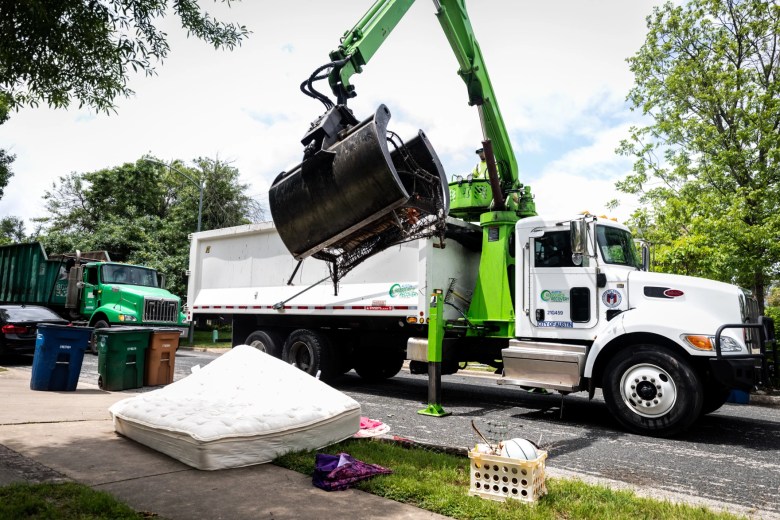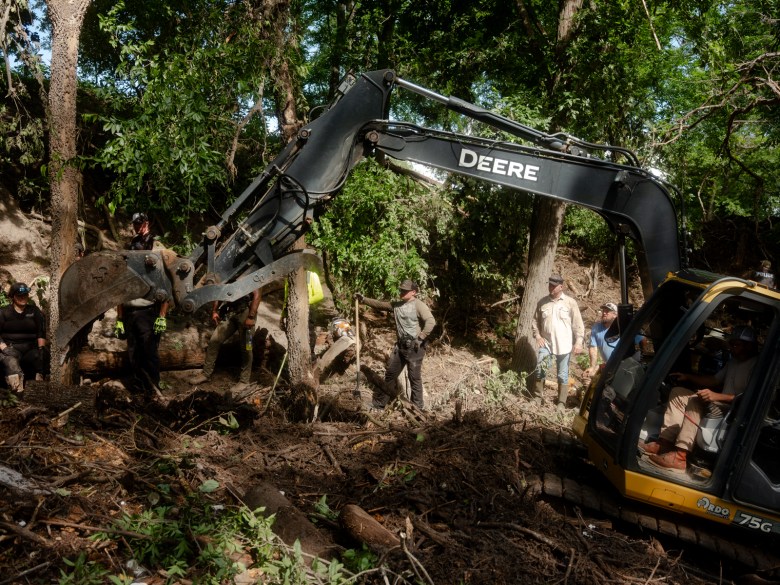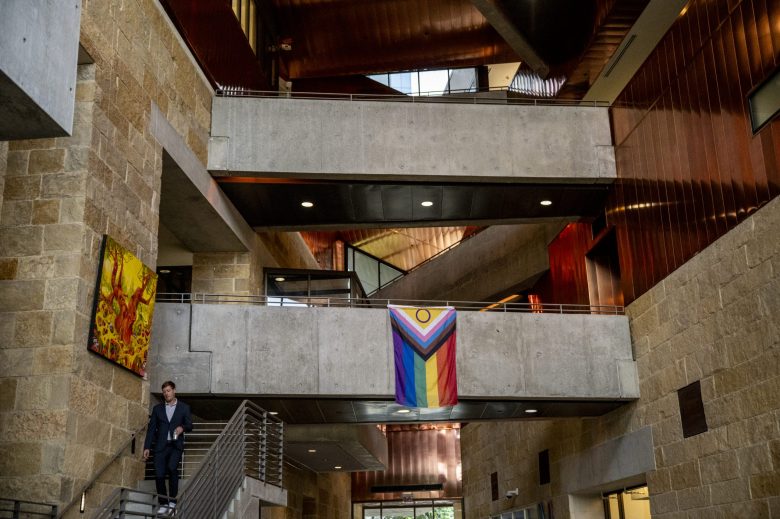The tragic flooding on July 4 weekend in Central Texas has made the gutting of FEMA look even worse than it already did, throwing into high relief the unfortunate necessity of municipalities stepping up to plug the gaps in the wake of disaster. On July 15, Travis County established a new short-term relief fund and volunteer coordination center in a crowd-funding attempt to do just that, acknowledging the outpouring of community support in the wake of the floods.
The
fund
, called Travis County Cares, is in collaboration with the Central Texas Community Foundation, which will process contributions and work with the County to identify where financial assistance is needed most, ensuring “timely, equitable distribution,” per the press release. The goal is to assist those living in northwest Travis County along Sandy Creek and Cow Creek, where as of Tuesday there were nine confirmed dead and three still missing, according to the Medical Examiner and Sheriff’s Office.
As of Monday, President Donald Trump had added 10 Texas counties to his Major Disaster Declaration, making them eligible for FEMA
assistance
: Kendall, Kerr, Kimble, Llano, Mason, Mcculloch, Menard, San Saba, Burnet and Tom Green counties. The first five have already been approved for FEMA’s Public Assistance program, which includes temporary housing and housing repairs, low-cost loans for uninsured property losses and funding to state and local governments for emergency work. Despite the damage and the missing in Travis and Williamson County, FEMA has only approved the Individual Assistance Program for those counties, which requires affected individuals and families to
apply online
.
Trump’s goal in scaling down FEMA was to saddle state governments with funding these types of programs, and $3.6 billion in FEMA grants have already been revoked across the country. With 97 people still missing in Kerr County, Texas is going to need all the help it can get, without banking on an uncertain and slow-moving federal government. Last week, T
he Houston Chronicle noted
that as of July 12, the six counties that were eligible at the time had filed 2,142 applications for assistance, 161 of which had undergone inspections needed to assess damages. Only 88 had been approved.
Luckily, volunteer operations have stepped up since the day after the flood, comprising neighbors, community members, firefighters, mutual aid organizations and more. The area of Travis County hit the hardest, Sandy Creek, is soliciting as many volunteers as possible for
its cleanup effort
. However, some search and rescue crews say volunteers
self-deploying can be dangerous
or impede operations. In response, Travis County has opened a volunteer reception center in collaboration with the Austin Disaster Relief Network (ADRN) and Texas Department of Emergency Management (TDEM) on Tuesday. The center is at Plain Elementary School at 501 S. Brook Drive in Leander and will be open from 8 a.m. to 6 p.m. Monday through Saturday. Registering
online
with ADRN is encouraged but not required.
“The road to full recovery will be long, but with partners like the Central Texas Community Foundation, we can make this road a little easier for those who need the help,” said Travis County Judge Andy Brown. So far, the
fund
has raised $9,790 of its $1,000,000 goal – donations will be accepted for the next 31 days.
The
Austin Monitor
’s work is made possible by donations from the community. Though our reporting covers donors from time to time, we are careful to keep business and editorial efforts separate while maintaining transparency. A complete list of donors is available
here
, and our code of ethics is explained
here
.
You’re a community leader
And we’re honored you look to us for serious, in-depth news. You know a strong community needs local and dedicated watchdog reporting. We’re here for you and that won’t change. Now will you take the powerful next step and support our nonprofit news organization?









